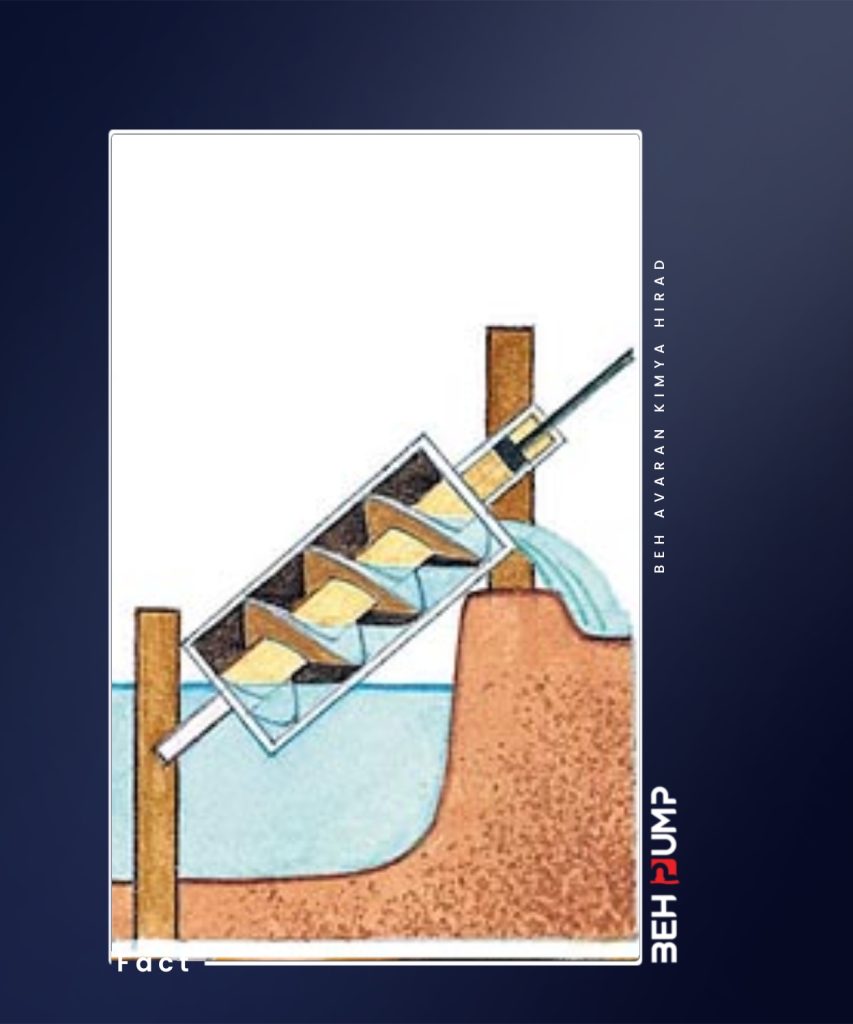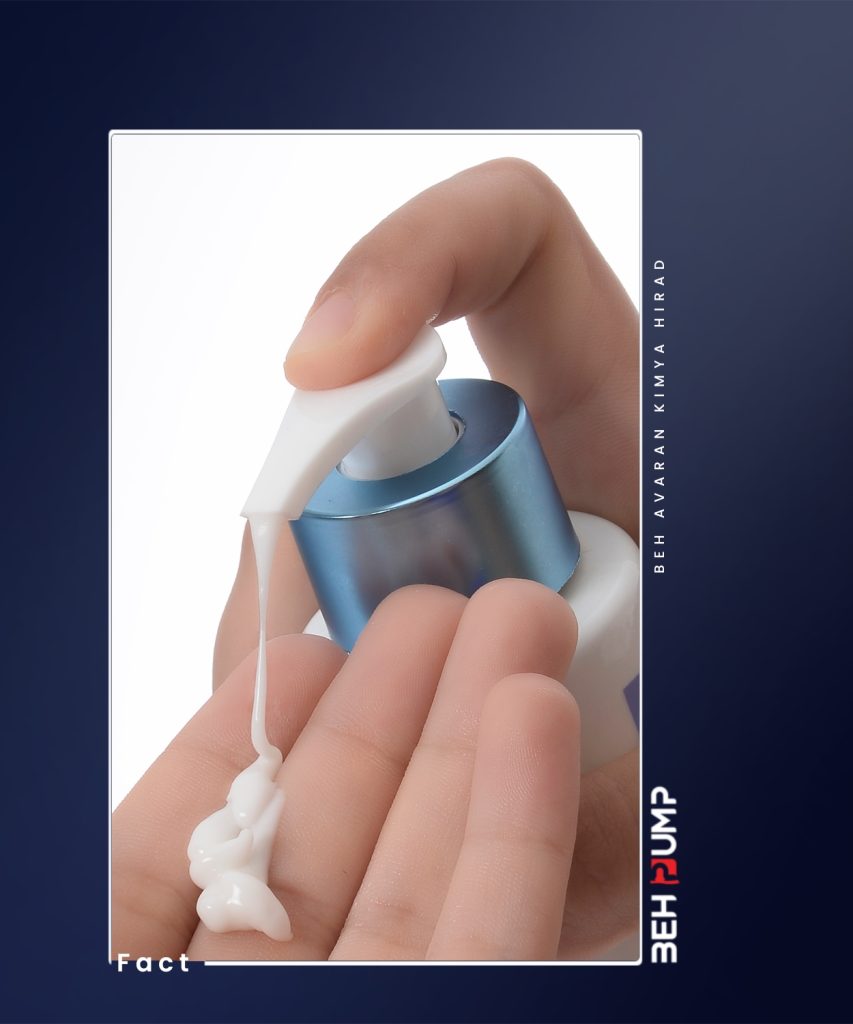How Do Pumps Begin?
What is the history and story of the pump? Who came up with the idea of building a pump for the first time and for what purpose? Which was the first country to develop cosmetic pumps? If you are also interested in answering such questions, we suggest you stay with us until the end of this article to benefit from the facts and knowledge of the pump world.


As time went on, humanity utilized this power of compression more and more, and it became an essential component, ultimately leading to the final tool, the pump, which propelled this industry one step forward.


The History of Pump Usage in Cosmetics and Personal Care Products:

The Presence of Packaging in Hygienic Products
In the early 1950s, with the aftermath of World War I and the weakened state of public hygiene, communities were facing a decline. People had limited purchasing power, and there was no idea of how to distribute hygiene products among the population. As a result, there was an increase in various diseases and pollution worldwide. Diseases became as detrimental to society as war, and there seemed to be no solution to escape this plight. Over time, the people of England and Western Europe, who had suffered more casualties due to diseases compared to other countries, introduced the idea of packaging hygiene products among aristocratic families. However, only the aristocracy was obligated to use such hygiene products, while ordinary people still struggled with diseases. It was not until George Frederick Ernest Albert, who was the reigning monarch of England at that time, established and ensured the allocation of medicine and hygiene supplies to the commoners and ordinary people in major cities, which led to a significant reduction in diseases among the population. However, the problem was not entirely resolved. The individuals responsible for distributing these materials monopolized the access to necessities in rural and underprivileged areas, including small towns. Another issue emerged, which was the shortage of raw materials for producing hygiene resources.



